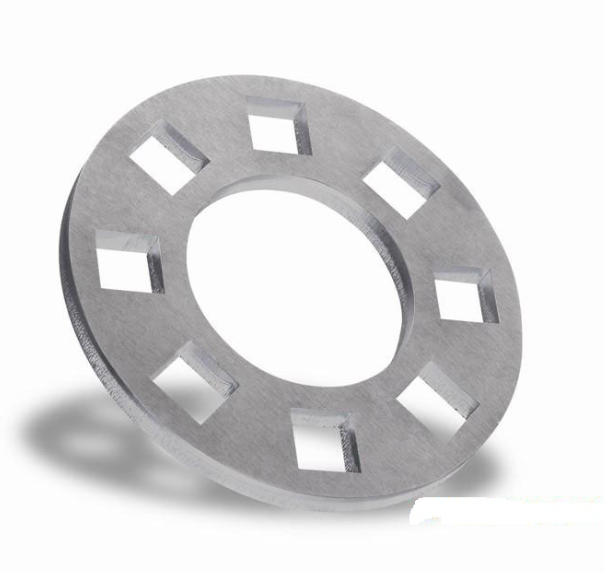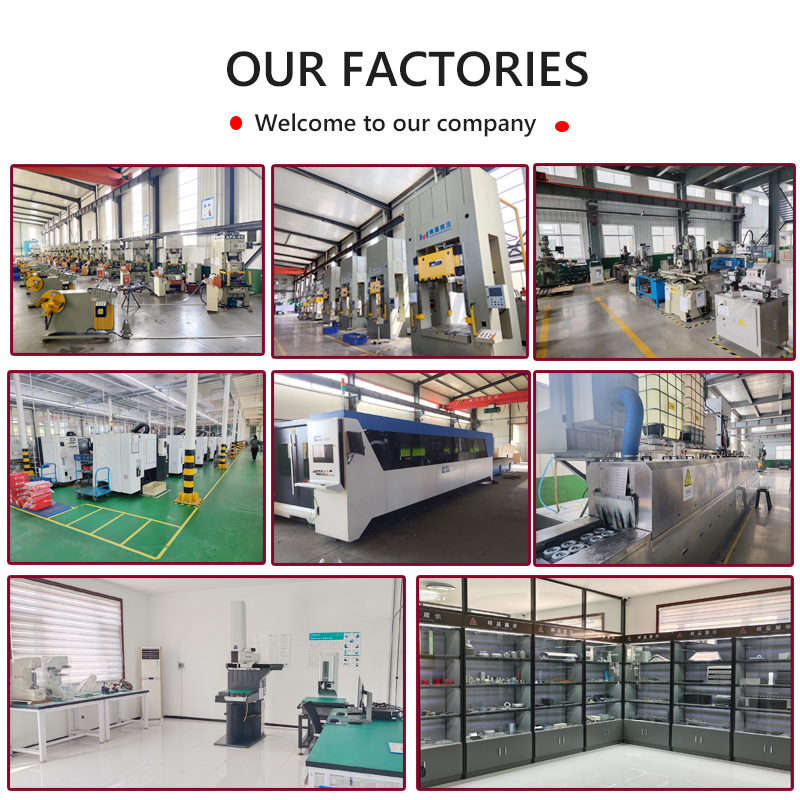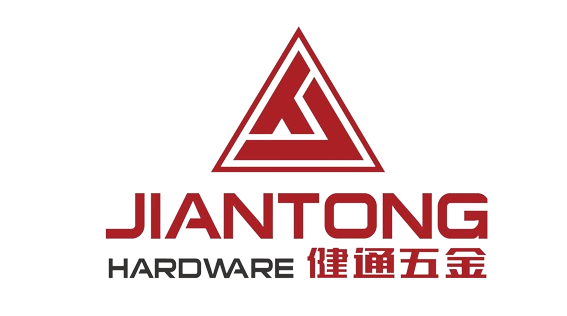High-Speed Cutting in Sheet Metal Processing
As the manufacturing industry’s demands for precision, efficiency, and cost control continue to rise, high-speed cutting technology is also evolving and innovating. The following are several key methods and techniques for achieving high-speed sheet metal cutting, covering both traditional processes and the application of modern technologies.
1. Laser Cutting Technology
Laser cutting is one of the most widely used high-speed cutting technologies in sheet metal processing. It utilizes a high-energy-density laser beam to illuminate the material surface, rapidly melting or vaporizing the material, thereby achieving cutting.
Laser cutting offers the following advantages:
High Precision: The laser beam’s focal diameter can be controlled within an extremely small range, typically achieving cutting accuracy of ±0.1mm or higher.
High Speed: Laser cutting is fast, especially when cutting thin sheets, with speeds reaching tens of meters per minute.
Flexibility: Laser cutting can easily handle complex shapes and intricate patterns, making it suitable for small-batch, high-variety production.
Non-Contact Processing: Laser cutting is a non-contact process, reducing mechanical wear and material deformation.
2. Plasma Cutting Technology
Plasma cutting utilizes a high-temperature plasma arc to melt the metal material and remove the slag, achieving cutting. It is suitable for cutting thicker metal sheets and offers the following features:
High-speed cutting: Plasma cutting is faster than traditional flame cutting, especially when cutting medium- and thicker plates.
Wide range of applications: It can cut a variety of conductive metals, such as carbon steel, stainless steel, and aluminum.
Lower cost: Compared to laser cutting, plasma cutting has lower equipment and operating costs, making it suitable for large-scale production.
3. Waterjet Cutting Technology
Waterjet cutting utilizes a high-pressure water jet or a high-speed jet of mixed abrasives for cutting. Its advantages include:
No heat-affected zone: Waterjet cutting is a cold cutting process that does not produce thermal deformation or a heat-affected zone, making it suitable for temperature-sensitive materials.
Multi-material applicability: Waterjet cutting can cut a variety of materials, including metal, plastic, glass, and ceramics, making it suitable for a wide range of applications.
Environmentally friendly: Waterjet cutting does not produce harmful gases or dust, making it an environmentally friendly process.
4. CNC Punch Cutting
CNC punch cutting uses a programmable punch to punch and cut sheet metal. Its advantages include:
Efficient Mass Production: CNC punch presses are suitable for large-scale production and can quickly complete cutting and punching of various shapes.
High Precision: Controlled by a CNC system, they achieve high cutting accuracy and excellent repeatability.
Versatility: In addition to cutting, CNC punch presses can also perform a variety of processing operations, such as bending and forming.
5. Flame Cutting Technology
Flame cutting uses a high-temperature flame generated by the combustion of oxygen and a fuel gas (such as acetylene) to cut metal. It is primarily used for cutting thick plates and has the following advantages:
Low Cost: Flame cutting equipment is simple and has low operating costs, making it suitable for businesses with limited budgets.
Thick Plate Cutting Capability: It can cut metal plates over 100mm thick.
Limitations: Flame cutting is slow, has low precision, and is not effective on thin plates.
6. Cutting Path Optimization
Regardless of the cutting technology used, optimizing the cutting path is a key means of improving efficiency. Through proper path planning, you can reduce idle strokes and repeated cuts, thereby shortening processing time. Modern CNC systems are often equipped with intelligent path optimization functions that automatically calculate the cutting sequence. 7. Automation and Intelligence
The introduction of automation technology can significantly improve cutting efficiency. For example, automatic loading and unloading systems, robot-assisted processing, and intelligent monitoring systems can reduce manual intervention and improve the continuity and stability of production lines. Furthermore, intelligent technologies such as artificial intelligence and big data analytics can optimize processing parameters, predict equipment failures, and further enhance production efficiency.
8. Material Pretreatment
Appropriate material pretreatment before cutting, such as surface cleaning and marking cutting lines, can improve cutting quality and efficiency. For example, using a laser marker to pre-mark the cutting path on the sheet metal can reduce operator positioning time.
9. Equipment Maintenance and Upgrades
Regular maintenance of cutting equipment, such as replacing worn cutting heads, cleaning optical components, and calibrating mechanical systems, ensures that the equipment is always in good condition. Furthermore, timely hardware and software upgrades and adoption can also improve cutting speed and accuracy.
10. Personnel Training
Operator skill level has a direct impact on cutting efficiency. Regular training can enhance operator familiarity with the equipment and processes, reduce operational errors, and improve production efficiency.
Fast cutting in sheet metal processing requires the integration of multiple technologies and methods. Modern technologies such as laser cutting, plasma cutting, and water jet cutting provide strong support for efficient cutting, while measures such as optimized cutting paths, automation, intelligent processing, and personnel training further enhance overall efficiency. In actual production, companies should select appropriate cutting technologies and processes based on their needs, while also focusing on equipment maintenance and personnel training to achieve efficient and high-quality sheet metal processing.
- Xisanli Village,Nanpi County, Cangzhou City, Hebei Province, China



